Sablot Tree
- October 28, 2024
- 0 comment
The Sablot tree, an important yet lesser-known tree species, plays a vital role in the ecosystems it inhabits. Known for its environmental and ecological contributions, the Sablot tree (Sterculia foetida) is a member of the Malvaceae family, often appreciated for its unique appearance and resilient nature.
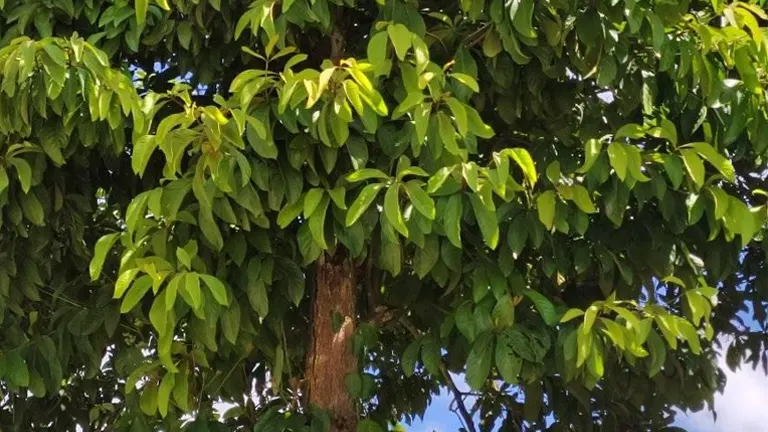
The Sablot tree not only supports local biodiversity but also provides numerous ecosystem benefits, from enriching soil health to acting as a natural wind barrier.
What Is a Sablot Tree?
The Sablot tree, scientifically classified as Sterculia foetida, belongs to the Malvaceae family, a family that includes various flowering plants. Recognizable by its thick, straight trunk and broad canopy, the Sablot tree can reach impressive heights, often growing up to 35 meters (115 feet) tall. Its leaves are large and deeply lobed, providing ample shade.
The tree produces clusters of reddish or pinkish flowers with a unique, somewhat pungent aroma. Its bark is thick and resilient, helping it withstand harsh environmental conditions and allowing it to thrive in diverse ecosystems. One interesting aspect of the Sablot tree is its ability to improve soil fertility by recycling nutrients through leaf litter.
| Specification | Details |
|---|---|
| Scientific Name | Sterculia foetida |
| Common Names | Sablot Tree, Wild Almond, Indian Almond Tree |
| Family | Malvaceae |
| Native Range | South Asia, Southeast Asia, East Africa |
| Tree Height | Up to 35 meters (115 feet) |
| Bark | Thick, rough, greyish-brown |
| Leaves | Large, lobed, leathery; approximately 20-40 cm in length |
| Flowers | Small, reddish or pink; clusters with distinct odor |
| Fruit | Large, woody capsules that split open to release seeds |
| Seed Dispersal | By wind and animals |
| Preferred Climate | Tropical to subtropical climates |
| Soil Type | Well-drained sandy or loamy soils; tolerates poor and arid soils |
| Ecological Role | Soil stabilization, erosion control, habitat for various wildlife species |
| Traditional Uses | Medicinal uses, shade tree, wood for construction |
| Conservation Status | Not endangered, though habitat pressures exist |
| Flowering Period | Annually, typically in late spring to early summer |
| Root System | Deep and extensive, aiding in drought tolerance and soil stability |
Different Types of Sablot Tree Species
The Sablot tree itself is often considered the primary species of its type, with Sterculia foetida being the most recognized variant. Within the broader Sterculia genus, however, there are other notable species that exhibit similar qualities but vary in appearance, growth patterns, and habitats. For instance:
Sterculia Villosa
Typically found in regions with moist, well-drained soils.
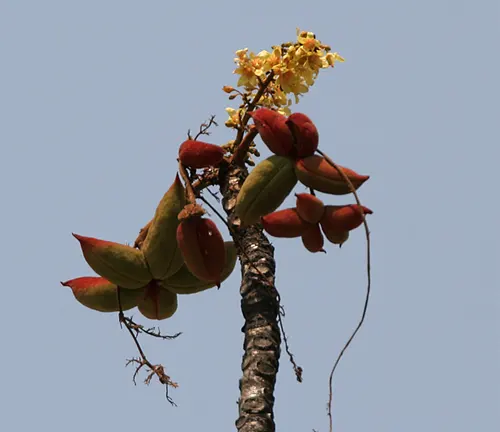
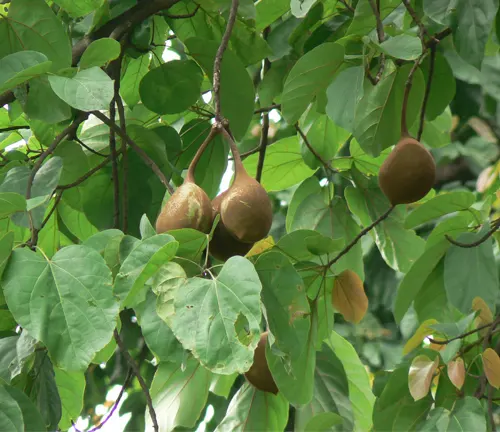
Sterculia Alata
Recognized for its larger leaves and preference for subtropical climates.
Sterculia Monosperma
This species has a distinct, glossy bark and is commonly found in tropical rainforests.
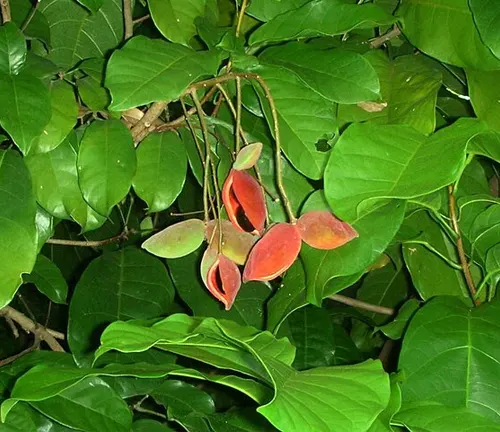
These species all contribute ecologically to their regions by enriching the soil and providing food and shelter for various species, supporting the biodiversity in their natural habitats.
Where Do Sablot Trees Grow?
The Sablot tree is naturally found across Southeast Asia, parts of South Asia, and some regions in East Africa. Preferring tropical and subtropical climates, the tree thrives in areas with high sunlight, moderate to high rainfall, and well-drained soils. However, it can also adapt to arid climates due to its drought-tolerant nature. The tree’s robust root system makes it effective at soil stabilization, helping to prevent erosion on slopes and in areas prone to soil degradation. Furthermore, its canopy provides shade and shelter, creating microhabitats for various animal and insect species.
How to Grow and Care for Sablot Tree
For those interested in cultivating the Sablot tree, here are some essential tips:
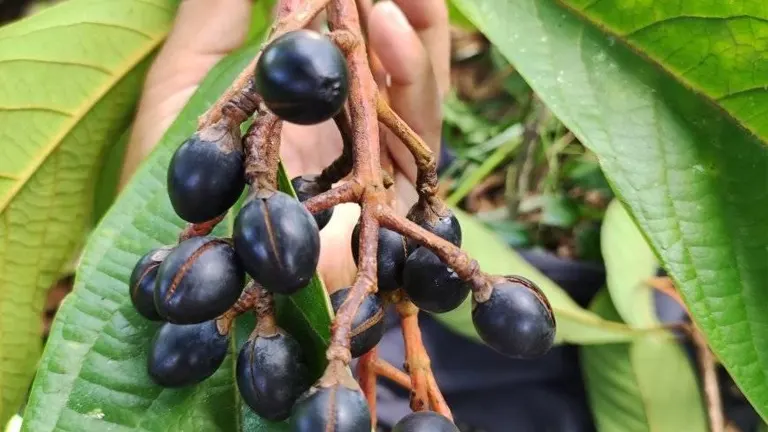
- Soil Type: The Sablot tree prefers sandy, well-drained soil but can adapt to a variety of soil types.
- Watering: While it is drought-tolerant, regular watering during its initial growth stages will promote healthier development.
- Sunlight: This tree thrives in full sunlight, so it should be planted in a location with maximum sun exposure.
- Propagation: Propagation is best done through seeds, which can be collected from mature fruit pods. Soaking the seeds in water for a day before planting helps with germination.
- Maintenance: Minimal pruning is required; however, removing dead or diseased branches will keep the tree healthy and support better growth.
Ecological Benefits of Sablot Tree
The Sablot tree is ecologically beneficial, offering support to local biodiversity and enhancing the soil it grows in. Its leaves create organic matter as they decompose, which recycles nutrients back into the soil, enriching it and promoting the growth of nearby plants. The tree’s deep roots also improve soil structure, preventing erosion and stabilizing the ground in areas prone to landslides or soil degradation.
Sablot Tree Flowering and Pollination
The Sablot tree typically flowers once a year, producing unique clusters of small, reddish or pinkish blooms that emit a distinctive scent. These flowers attract various pollinators, including bees and beetles, which play a crucial role in local ecosystems. Pollinators are drawn to the tree’s flowers and, in the process, help with the pollination of other nearby plants, aiding in biodiversity conservation.
Is the Sablot Tree Drought-Tolerant?
The Sablot tree is highly drought-tolerant, an adaptation that allows it to thrive in regions with limited water availability.
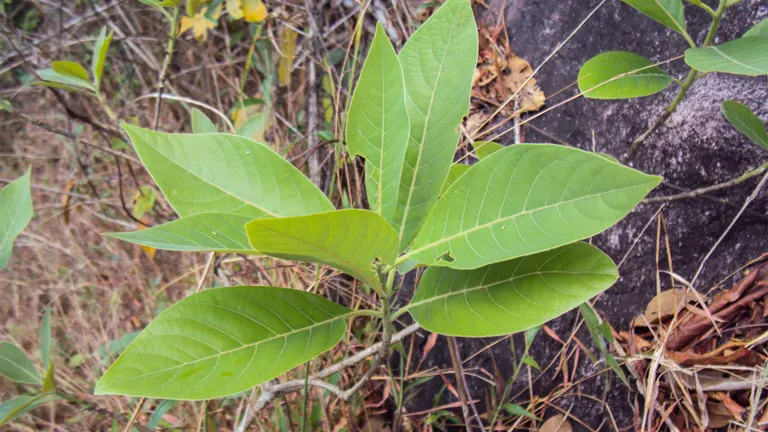
It achieves this through a deep root system that reaches underground water sources, enabling it to survive even during extended dry seasons. This resilience makes the Sablot tree ideal for dry climates and areas prone to seasonal droughts.
Sablot Tree and Wildlife Interactions
The Sablot tree serves as a vital habitat for various animal and insect species. Its branches provide shelter for birds and mammals, while its flowers attract a range of insects that support local food webs. Some animals even have symbiotic relationships with the Sablot tree. For example, certain bird species help protect the tree from pests, while bees pollinate its flowers, ensuring continued reproduction.
Conclusion
In summary, the Sablot tree is more than just a part of the forest landscape. Its role in ecosystem health, from soil stabilization to supporting biodiversity, underscores its ecological and environmental significance. Through its resilient characteristics and unique contributions, the Sablot tree stands as a critical species in its native habitats, supporting both the land and the creatures that inhabit it. For these reasons, the conservation and cultivation of the Sablot tree are essential for maintaining the balance of ecosystems where it grows.
Frequently Asked Questions (FAQs)
- What is the scientific name of the Sablot tree?
The scientific name of the Sablot tree is Sterculia foetida. - Where does the Sablot tree naturally grow?
The Sablot tree grows in tropical and subtropical regions, including Southeast Asia, South Asia, and parts of East Africa. - What are the main characteristics of the Sablot tree?
It has a tall, straight trunk, large lobed leaves, clusters of reddish flowers, and thick bark. It can grow up to 35 meters in height. - How does the Sablot tree benefit the environment?
The Sablot tree improves soil quality, prevents erosion, and supports biodiversity by providing shelter and food for animals and insects. - Is the Sablot tree drought-tolerant?
Yes, the Sablot tree is highly drought-tolerant and can thrive in areas with limited water. - How can you grow a Sablot tree?
The tree can be grown from seeds in well-drained soil, with regular watering and full sunlight during its early stages. - When does the Sablot tree flower?
It flowers annually, producing small reddish or pinkish flowers that attract pollinators like bees and beetles. - What animals interact with the Sablot tree?
Birds, insects, and mammals use the tree for food and shelter. Pollinators like bees help with the tree’s reproduction.



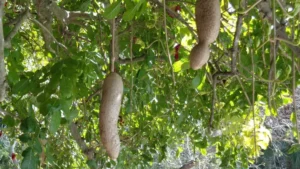
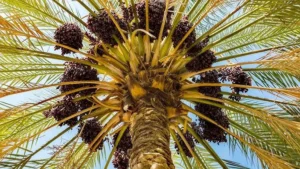
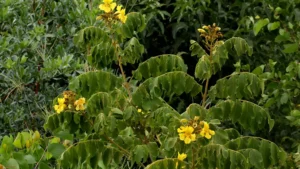

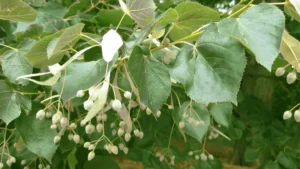



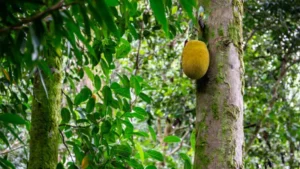
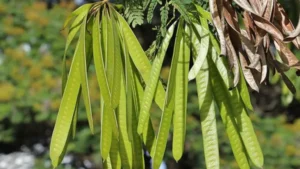

Leave your comment